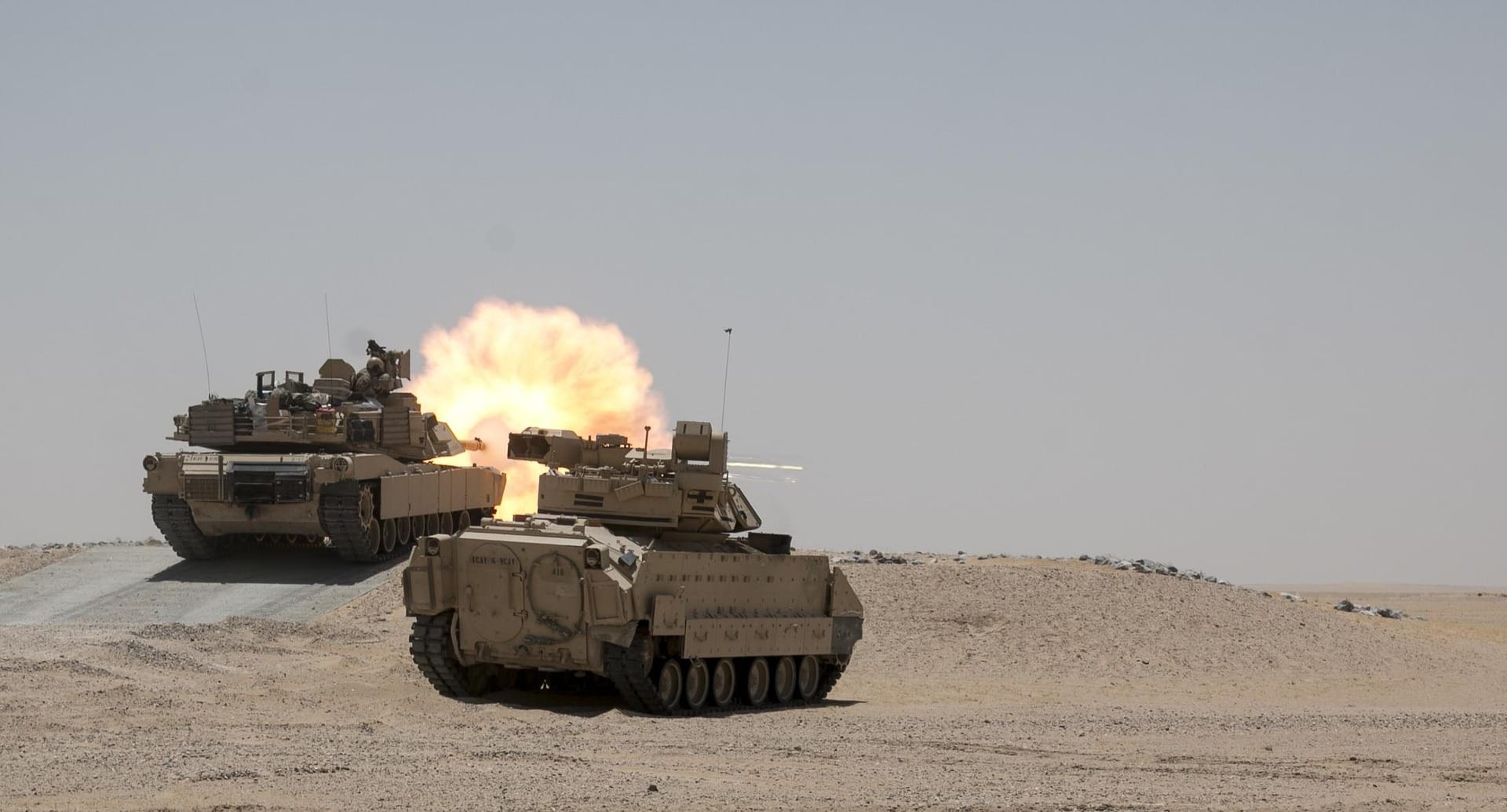Tactics vs. Operations vs. Strategy
Want to build a successful long-term business? Take the time to understand these concepts (and apply them in the right order!).

In everyday English, I often see these terms used interchangeably to mean, "stuff we do to achieve what we want."
While each term does fit that overly-broad definition, they also have distinct meanings.
- Strategy: the long-term vision for how we accomplish our goal
- Operations: large-scale projects in support of our strategy
- Tactics: day-to-day techniques we use to execute our operations
The Obligatory Military Reference
While a cadet at West Point, I spent four years learning–then understanding (and, ultimately, appreciating)–the differences among strategy, operations, and tactics.
Strategy
The strategy is the master plan.
Operations
The operations are the missions assigned to the subordinate units.
Tactics
The tactics are the techniques soldiers use to accomplish their mission.
Schwarzkopf's Press Conference
General H. Norman Schwarzkopf, commander of troops during Operation Desert Storm, gave a famous press conference after the US and its allies destroyed the half-million-strong Iraqi army in under a week back in 1991.
In it, he speaks primarily about the overall strategy of the conflict, while occasionally speaking about individual tactics (such as minefield clearing).
My favorite part of the entire press conference is at 31:28 when Schwarzkopf is asked for his, "impression of Saddam Hussein as a military strategist."
His answer underscores the importance of the three concepts we're discussing here, as he mentions each one by name in his succinct answer:
[Saddam Hussein] is neither a strategist, nor is he schooled in the operational art, nor is he a tactician, nor is he a general, nor is he a soldier.
Other than that, he's a great military man.
The entire press conference is worth watching.
Desert Storm Examples
As an exercise, let's provide some examples from the video of the differences among these three concepts. (Don't worry; on the off chance you didn't watch the full hourlong press conference, you will still be able to follow along with the rest of this article.)
Strategy
Schwarzkopf employed a three-part strategy:
- Take out the enemy's eyes
- Engage the enemy where they were expecting to be attacked
- Execute a surprise "left hook" attack from a different direction
Operations
These are some of the operations that supported this strategy:
- Ground the Iraqi air force which provided their long-range reconnaissance ability (i.e., the enemy's eyes)
- Degrade dug-in Iraqi defenses with coalition air power and long-range artillery to soften the enemy's defensive fortifications (to reduce the danger to the soldiers who would be fighting into the teeth of the enemy)
- Conduct a massive relocation of forces to the western flank without tipping off the enemy (a monumental logistical challenge in and of itself)
Tactics
Here are examples of tactics that were likely used to support the respective operations:
- Bomb airfield runways to deny the air force the ability to take off and land
- Use forward observers to relay adjustment instructions to the soldiers firing long-range artillery at enemy positions
- Enforce a communications blackout to prevent soldiers from telling loved ones back home about the secret troop movement plans
Strategies are Evergreen; Tactics Change
Operation Desert Storm took place over 30 years ago.
If the same war were fought today, the strategy could be the same: blind the enemy, engage him where he expects, then catch him by surprise from another direction.
However, the tactics would be different.
Instead of blinding an enemy by taking out their fighter jets, you might instead need to take out their satellites or drones.
Just how "evergreen" is military strategy? Here's a quote from Sun Tzu's Art of War, written over 2,500 (!) years ago:
All warfare is based on deception.
Hence, when able to attack, we must seem unable; when using our forces, we must seem inactive; when we are near, we must make the enemy believe we are far away; when far away, we must make him believe we are near.
...
Attack him where he is unprepared, appear where you are not expected.
Strategy Drives Operations Which Drives Tactics
Properly understood, planning should always start with strategy and work its way down to operations and tactics.
Like the drunk who only looks for his car keys under the streetlight where he can see, you won't be very successful in business if you only pursue strategies based on the things you are tactically good at. Or, worse yet, you focus so much on tactics that you never take the time to think about your strategy.
In tomorrow's article, I will provide a practical example of how strategy drives operations which drives tactics within my own business. Stay tuned.
“Amateurs talk about tactics, but professionals study logistics.”
– Gen. Robert H. Barrow, USMC (Commandant of the Marine Corps) noted in 1980
Image by Military_Material from Pixabay
